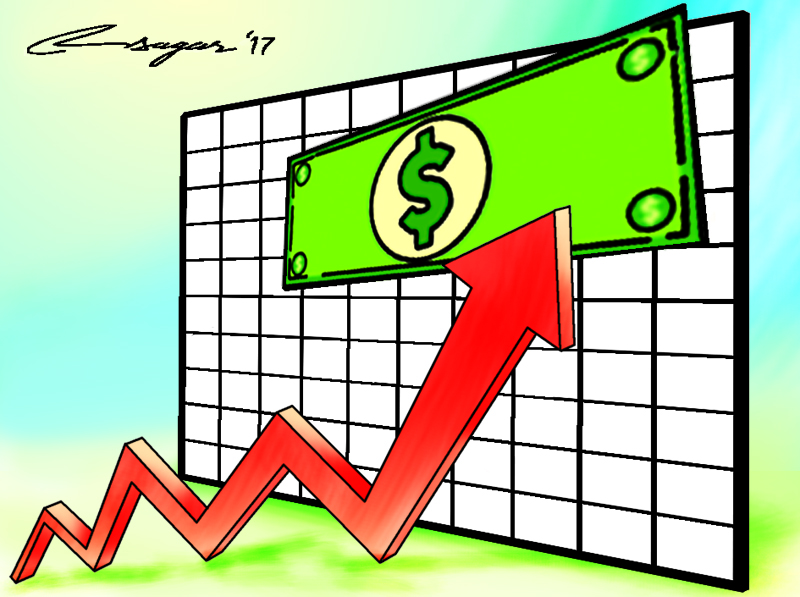Nepal’s growth rebounds to 7.5 per cent, says World Bank
Kathmandu, May 11
Nepal’s growth has rebounded strongly and has reached 7.5 per cent (market prices) in this fiscal, says the World Bank in its recent publication Nepal Development Update.
“This is the highest growth rate since 1994, and is a result, in part, of the low growth in the previous year; one of the best monsoons in recent years; increased availability of electricity; and greater investment as the earthquake reconstruction gathered speed.”
This cyclical rebound follows two challenging years where real gross domestic product (GDP) growth fell to 3.3 per cent in fiscal 2014-15 due to the devastating earthquake and declined even further to a 14-year low of 0.4 per cent in fiscal 2015-16 due to a complete disruption in cross-border trade with India.
Rice production in current fiscal is estimated to have hit a record high of 5.2 million tonnes, up from 4.2 million tonnes a year ago, says the update.
About half a million households, eligible to receive housing reconstruction grants, have received the first of three tranches. Second tranche payments have started and are expected to pick up by the end of this fiscal.
Also, a series of management reforms have eliminated power cuts in several major cities across Nepal. Meanwhile, more than 100 megawatts of new hydropower capacity, delayed by the earthquakes and the trade disruptions, have come on-stream, as per the World Bank update.
Transport has revived while wholesale and retail trade has normalised, according to the update. Tourism is also recovering, with arrivals reaching pre-crisis levels during the September to December tourist season in 2016.
Inflation has decelerated primarily due to the normalisation of imports and moderating inflation in India as a result of demonetisation.
The report has also stated that while the imports have rebounded, exports remain slow due to sluggish India-bound exports and continued appreciation of the effective exchange rate. As a result, the trade deficit continues to increase.
“While remittances continue to grow, albeit at a slower pace, external sector pressures are building up,” as per the update.
“Government revenue and spending have performed well,” said Takuya Kamata, the World Bank’s country manager for Nepal unveiling the update today. “Revenue has exceeded six months’ target and spending, including on capital goods, has also significantly picked up compared to previous years and is on par with revenue.”
Nonetheless, very ambitious expenditures envisioned in the budget have not materialised, leaving previously accumulated government deposits (10 per cent of GDP) intact.
Credit grew rapidly over the past year, reaching the highest growth rate since 2012, but deposits growth slowed down. Consequently, banks are running up against prudential limits on lending. Additionally, the government’s large cash balances have had the effect of a monetary tightening at a time when banks are trying to raise their capital base to meet the increased regulatory requirements for paid-up capital.
Looking ahead, the economic growth will remain strong, but it is expected to moderate in line with country’s potential, averaging five per cent over the next two fiscal years. Inflation will remain below the central bank’s target of 7.5 per cent in current fiscal, but will likely pick up in the next fiscal as the effects of the demonetisation taper off in India, according to the update.
However, there are an increasing number of downside risks to this forecast with domestic risks predominating.
“Nepal’s growth performance could moderate due to the fluid political environment and transitional challenges that can affect capital spending and uninterrupted service delivery; increased vulnerabilities in the financial sector; continued under-performance of exports; and a risk of a sharper slowdown in remittances,” notes the update.






